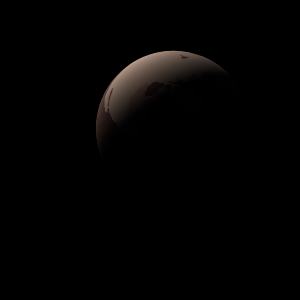|
|
Space Astro
|
Info for exoplanet "Yaxeng'tei"
| Scientific (actual) data |
|---|
| Name | Kepler-1093 c |
| Planet status | Confirmed |
| Radius | 0.175 |
| Orbital period | 89.7223 |
| Discovered | 2016 |
| Updated | 2021-02-05 |
| Tconj | 2455000 |
| Publication | Announced on a website |
| Detection type | Primary Transit |
| Alternate names | 2MASS J18595472+4125125 c, K02098.02, KIC 6105462 c, KOI-2098 c, KOI-2098.02, WISE J185954.72+412512.4 c |
| Star name | Kepler-1093 |
| Right ascension | 284.98° |
| Declination | 41.42° |
| Mag j | 12.807 |
| Mag h | 12.491 |
| Mag k | 12.484 |
| Star distance | 848 |
| Star metallicity | -0.01 |
| Star mass | 1.13 |
| Star radius | 1.2 |
| Star age | 2.95 |
| Star temperature | 6166 |
| Star alternate names | 2MASS J18595472+4125125, KIC 6105462, KOI-2098, WISE J185954.72+412512.4 |
| Wikipedia article | Kepler-1093 c |
Back
| |
| Fictional info (?) |
|---|
| Suggested name | Yaxeng'tei |
| Planet type | Cold planet |
|
| Atmosphere | Hydrogen | 94% |
| Sulfur dioxide | 3.7% |
| Ozone | 1.7% |
| Methane | 0.12% |
| Atmospheric pressure | 0.8 bar |
 |
| Moon | Anbyog-aqyash Ya | Small round rocky planetoid |
| Gyueh Worwu Qweng | Medium-sized round rocky moon |
| Syochwei-wan | Very small almost round gaseous asteroid |
| Angb | Huge slightly egg-shaped ice asteroid |
| Yong-n | Huge almost round oceanic moon |
| Wochyu Zh | Small slightly egg-shaped gaseous asteroid |
| Ouhyo-nengt | Large round gaseous moon |
| Google search for Yaxeng'tei |
|
Website by Joachim Michaelis
|
|
|
|